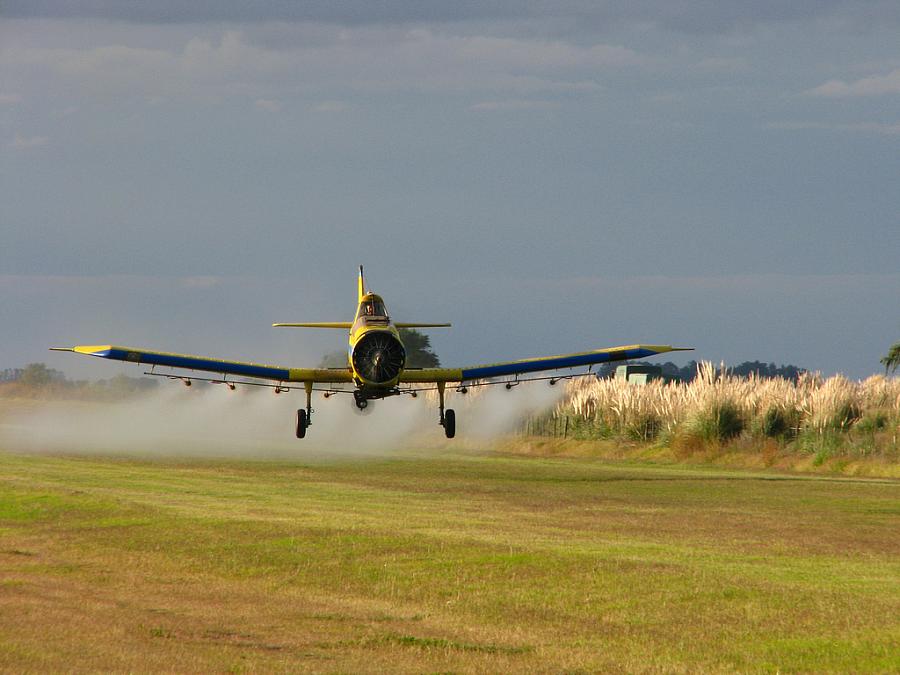California researchers expand screening tests looking at chemical ‘body burden’

Biomonitoring can measure the “body burden” of chemical exposures, including pesticides.
California health and environmental officials have hit an early milestone in their efforts to discover which industrial chemicals make their way into the bodies of residents. Biomonitoring California, a state collaborative, recently released blood and urine test results taken from 112 adults in the Central Valley. The tests screened for dozens of substances ranging from weed killer to now banned insecticides.
Now, researchers are examining how the levels of those sampled compare with those gathered from Americans across the country and reported by the Centers for Disease Control. State officials say they plan to complete their analysis of what the levels sampled in California mean as soon as this July.
Biomonitoring can measure the “body burden” of chemical exposures over time or take immediate chemical “snapshots” of, for instance, farmworkers who just sprayed a type of organic pesticide which does not accumulate in the body. With scientific advances, biomonitoring has come to be seen as a valuable public health tool for assessing risk, especially as scientists’ ability to measure even small concentrations of chemicals has improved. It’s also proved to be a rich topic for journalists. California journalists Janet Wilson and environmental reporter Douglas Fischer launched their own “body burden” journalism and testing projects with the support of scientific experts and environmental labs, while Alison Young at USA Today traced the legacy of America’s early lead production in the soil of surrounding neighborhoods and in the blood of children whose parents wished to have their blood tested.
California scientists involved with the biomonitoring initiative will be able to compare the Central Valley samples to two special groups the state has already studied: expectant mothers and firefighters. Firefighters increasingly have been concerned by their own cancer and respiratory disease rates. Research indicates smoke is a far more complex mixture than previously realized.
Databases created for the mothers’ and the firefighters’ studies will give the researchers new and easy-to-use bases for comparison.
Even before the analysis is completed, some things are clear.
Many of the chemicals tested for were found in more than 90 percent of the people tested in a random sample. These include certain PCBs, nearly all polycyclic aromatic hydrocarbons, and the weed killer 2,4-D. The presence of this last herbicide in more than 90 percent of samples is interesting because 2,4-D is not supposed to be long lasting. A positive test indicates recent exposure.
The compound hexachlorobenzene, a chemical byproduct and component in a pesticide that hasn’t been used since1965, and DDE, a byproduct of the banned pesticide DDT, were found in 100 percent of the people tested. It remains to be seen whether any of the levels found in this round of California testing are harmful. But it is also the case that most are manmade chemicals that are relatively new to humans.
Cheryl Watson, a professor of biochemistry and molecular biology at the University of Texas Medical Branch, in Galveston, Tex., studies responses to very low level exposures in cells and has looked at DDE at the lowest level measured in California’s Biomonitoring study.
“In this range I have definitely seen effects,” she said, referring to subtle messages initiated from the outer membranes of cells. “Of course my overwhelming concern is that they are never present alone.”
Research performed in Watson’s lab indicates that cells exposed to multiple chemicals at the same time, which more closely mimics real life, can show stronger effects than the mere sum of individual exposures. These effects, she says, can completely disrupt normal signals from the body’s own hormones.
California was one of the first states to receive a federal grant to launch its own biomonitoring program in 2009.
Photo by Santiago Nicolau via Flickr.

